Wigs VS Weaves: What's The Difference And Which Is Best for You?

Undecided about whether to choose a wig or a weave? While both options are trendy hair solutions, they differ greatly when it comes to maintenance and application.
To help you determine which is the best fit for you, we've broken down the details of each option.
Explore the style, cost, and convenience of wigs and weaves to make an informed decision. Whether you're seeking a protective style, a new look, or just a change, there's an option that suits all your needs.
So take a look and make your pick!
What Is A Wig?
A wig is a versatile head covering crafted from human or synthetic hair that can help you achieve any desired look. Whether you're seeking a short pixie cut or flowing mermaid tresses, a wig can make it happen.

It's easy to wear and can be secured by an adjustable strap or clips. Plus, it's customizable with a range of colors, lengths, and textures to match your unique style.
Depending on the type, your wig can last from two weeks to six months before it needs to be replaced. To get the perfect look, a few snips with scissors and styling products may be required. Wig caps can also be worn to keep your hair in place for a comfortable and secure fit.
Related Read: How long does a wig install last
What Are The Main Types Of Wigs?
It might be overwhelming to choose a wig with the endless array of options available, but there are some common types of wigs. Let's take a look at some of them:
1. Lace Front Wigs:
Lace front wigs come with lace only in the front, which allows for a more natural-looking hairline. You can even part your hair on the side or middle without anyone noticing you're wearing a wig.
2. Full Lace Wigs:
These are made with a full lace cap and are one of the most popular types of wigs. They're lightweight and comfortable to wear, plus they offer more styling options since you can part your hair any way you want.
3. 360 Lace Wigs:
360 wigs have lace around the perimeter and multiple parts throughout, so you can customize your style. They're also easy to wear and can last up to six months with proper care.
4. Closure Wigs:
Closure wigs come with lace only in the crown, so they're not as natural looking as other types of wigs but are still great for achieving a full head of hair without any gaps.
What Are The Benefits Of A Wig?

Wigs offer immense benefits without requiring much effort. They are flexible in terms of styling, allowing you to revamp your appearance as frequently as desired.
Best part? No damage or breakage concerns. Take a look at some of the key advantages of using a wig:
1. Low maintenance
Wigs are very low-maintenance, require minimal styling, and can easily be taken on and off. Whether you're looking for a quick hairstyle change or protecting your hair from damage, wigs are a great solution.
2. Natural look
Many wigs are designed to look natural, so you don't have to worry about the wig looking obvious or fake. You can also customize the wig to match your existing hair color and texture, which will help blend it in.
Check best natural looking wigs here.
3. Budget-friendly
Wigs are a great alternative for those looking for an affordable way to change up their look. Whether synthetic or human hair, you'll find a variety of options that suit all budgets.
4. Safely switch styles
Wigs are a great way to protect your natural hair while switching up your look. By wearing wigs, you can try out different hairstyles without worrying about damaging or over-processing your hair.
What Are The Drawbacks Of A Wig?
Wigs can be beneficial, but they may not always be the most comfortable option. Here are a few potential drawbacks to consider before purchasing a wig:
1. Can be uncomfortable
Depending on how they are worn and the material used, wig caps and styles can cause scalp irritation or pressure sores. Learn how to install wig and wig cap correctly.
2. Can be expensive
Investing in premium wigs comes with a price tag, and they usually require periodic replacement. Additionally, intricate hairstyles may demand the services of a professional stylist, which can add to the cost.
3. Can move around
Wearing wigs can frequently require adjustments since their construction sometimes causes them to slip out of place. It's best to choose a wig cap size according to measure your head size accurately.
4. Can be limiting
If you are getting a synthetic wig, it may not allow for much movement or flexibility. This can limit your ability to style, curl or straighten your hair as desired.
5. Natural hair damage
The use of wigs can damage your natural hair if worn for long periods or improperly applied.
How Long Do Wigs Last?

When it comes to wigs, synthetic ones have an expiration date of around six months, while human hair wigs can live on for up to a year. But don't be so quick to toss them aside! The lifespan of your wig depends on how well you treat it and what material it's made of. By giving it the right care and attention, you could add some serious mileage to your wig and have it looking fabulous for even longer than expected. Keep those locks luscious!
What Is A Hair Weave?
A weave is a game-changing hairstyling technique that uses needle and thread to sew in small bundles of hair extensions, human or synthetic, into cornrows on your scalp. You heard right - sewn in for a secure and natural look. And the result? Any style you desire from the comfort of low-maintenance hair that can last up to several months without extra care.

With a variety of textures, colors, and lengths to choose from, there are no limits to your hair game. Plus, weaves are perfect for those of us who want longer hair without the risk of damage from excessive heat styling, chemical treatments, or other harsh processes.
What Are The Main Types Of Weaves?
Get your weave game on point by choosing between two main types: Sew-in and glue-in weaves. While each offers its own set of pros and cons, picking the right one is critical for a flawless outcome. So, let's unravel their differences to help you make an informed decision:
Sew-In Weave:

As the name suggests, sew-in weaves involve braiding your natural hair down and then sewing hair wefts onto the braids. This method offers a secure and long-lasting style that can last for months without needing extra maintenance.
Glue-In Weave:

Glue-in weaves involve using a special adhesive to attach the weave directly to your scalp or a protective hair cap. This method is typically less time-consuming and more affordable than a sew-in weave, but it can cause damage to your natural hair if not applied properly or left in for too long.
What Are The Benefits Of Weaves?

Switching up your hairstyle has never been easier or safer with the use of weaves. Say goodbye to damaging your real hair with constant dye jobs and styling changes. Weaves offer a plethora of personalized styles and hues, all while providing multiple benefits such as:
1. Low Maintenance
Weaves can be worn for months at a time without the need for frequent touch-ups or styling.
2. Heatproof
Since the weave is sewn or glued into place, you can say goodbye to heat damage associated with regular styling.
3. Quick Natural Results
Weaves can provide you with a quick transformation, including additional length, a different color, or a new haircut, in only a few hours. Additionally, a properly installed weave will blend seamlessly with your natural hair.
4. Customization
With weaves, you can choose any style and color you desire for your customized look. The possibilities are endless!
5. Swimming Capable
You can freely go swimming without worrying about your hair with weaves! The method provides natural protection against chlorine damage.
What Are The Drawbacks Of Weaves?
Are you considering weaves to solve your hair troubles? While they may seem like a miracle fix, it's important to weigh the pros and cons. Here are some potential downsides to keep in mind before taking the plunge:
1. Damage Risk
If not done correctly, a weave can put stress on your real hair and scalp and may even lead to permanent damage. Make sure you consult an experienced stylist for quality results.
2. Expensive
Weaves are often costly, depending on the type and quality of hair used. A premium human hair weave can cost several hundred dollars.
3. Painful Installation
Transforming your hair doesn't need to be a painful process. While weave installations typically don't induce discomfort, some individuals may experience enough pain during their sew-in to require pain relief afterward.
4. Allergic Reaction
In rare cases, individuals may be allergic to the glue or thread used for installation. Be sure to test a small area of your skin before committing to a full weave treatment.
5. Time-Consuming
You may need to spend several hours at the salon from start to finish, depending on the type and complexity of your weave. This could be a major inconvenience for some and may require taking a day off from work or other commitments.
How Long Do Weaves Last?

The length of time a weave lasts is affected by the hair type used and the quality of installation. Weaves generally last from six to eight weeks, but the type of weave chosen influences duration.
Human hair weaves can last several months if given proper attention. Synthetic weaves, on the other hand, typically have a life span of two weeks or less. With the right products and styling methods, your weave may even be able to outlast its expected duration without needing extra maintenance.
Wig VS Weave, What's the Difference?
Now that you know more about weaves, let's compare them to wigs – another popular hair solution. While the two products share some similarities, they have several key differences that may make one option a better choice than the other:
1. The coverage area of the two is different:
Wigs are like the full-time MVPs of hair transformations, covering your entire head so you can switch up your style in a flash. Meanwhile, weaves are the perfect sidekick for adding length or volume to specific areas. If you're looking for a total hair overhaul, a wig is your gal. But if you want to keep it subtle and enhance what the universe gave you, a weave is more your speed. Either way, your hair game is about to level up!
2. The cost of installation or removal is different:
Installing and removing wigs is often cheaper and easier than weaves. You don't need any special tools or glue to get a wig in place, and certain styles can be applied with just a little skill and the help of a stylist. But, weaves require professional assistance to get them installed and removed, which can push up their cost. Quick weaves? They also often need glue and tools, and try not to get glued to your seat when it's time to take them off!
3. The time it takes to install or remove is different:
Wigs are a convenient option since they can be easily installed or removed without any help. On the other hand, weaves can be tricky and may demand some expertise and particular equipment for proper installation. Moreover, removing them may also require professional assistance.
4. Hair types vary:
Wigs are made with a variety of different materials and textures, but human hair wigs offer the most realistic look and feel. Weaves also come in several different styles and textures to fit your preferences, but they all use real human hair.
Wigs VS Weaves, Which One Is Better For You?
Choosing between a weave and a wig depends on your specific needs, preferences, and budget. If you're still unsure, here are some guidelines to help you make a decision:
1. If you want an affordable hairpiece, simple to put on and take off, and has a natural appearance, consider selecting a wig.
2. If you're looking for a low-maintenance option that can last for several months, consider choosing a weave.
3. If you have bald spots or damaged hair, you can choose a wig.
4. Would you like to swim without ruining your hairstyle? Consider getting a weave.
5. Do you want to add length or volume to specific areas? Choose a weave.
In a Nutshell
In conclusion, wigs and weaves provide different solutions for different needs. Whether you decide on a wig or a weave, it is essential to take care of them and give your scalp some breathing room in between styling sessions. Additionally, avoid heat damage and protect your hair from damage from the elements by selecting high-quality products that are specifically made for each type of styling.
Ultimately, the decision between wigs or weaves is up to you – but just remember that knowing what makes each one unique will help guide you in making an informed decision. So now that you know all about wigs and weaves, why not go out there and make yourself feel like the queen that you are?





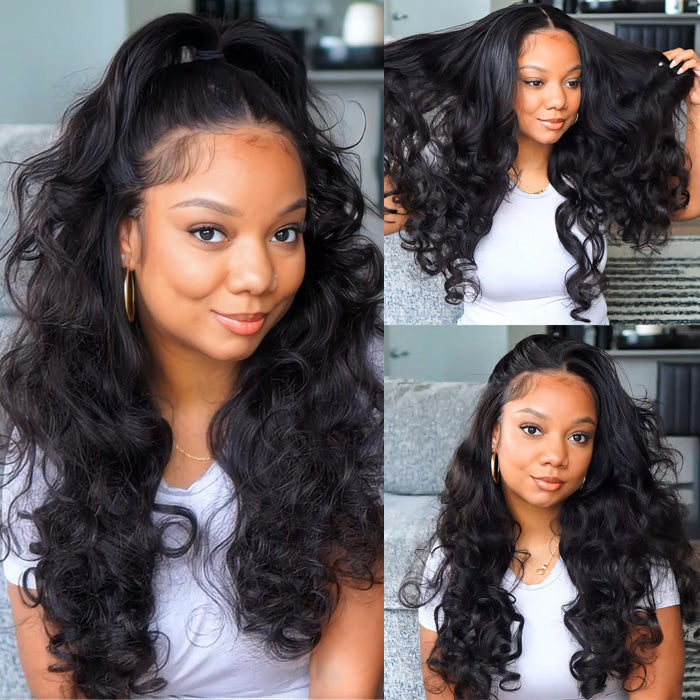
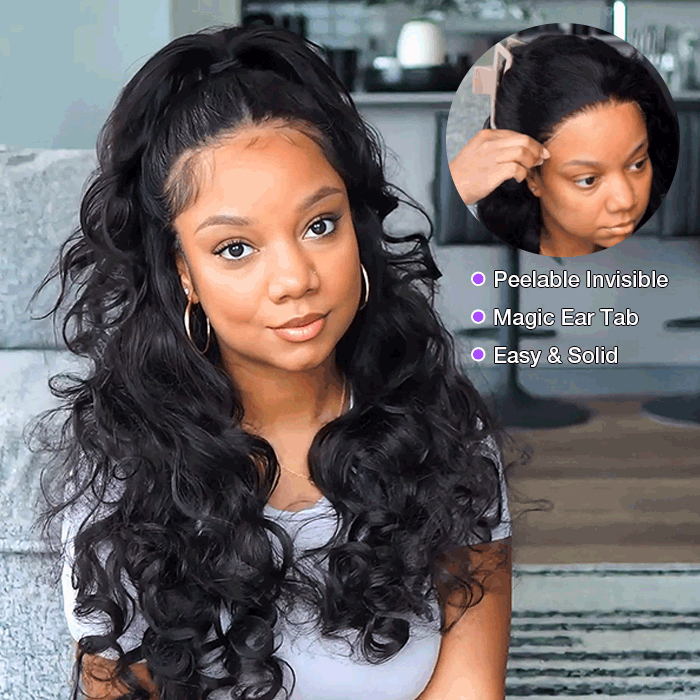


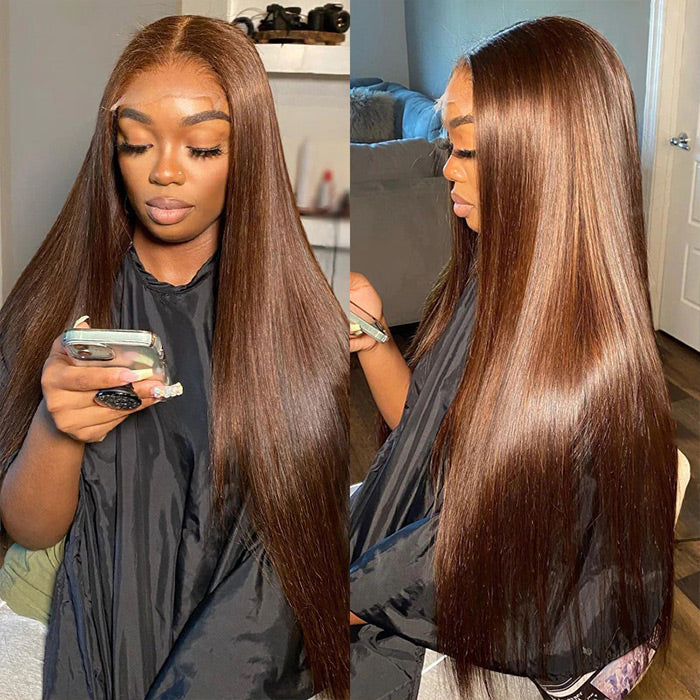
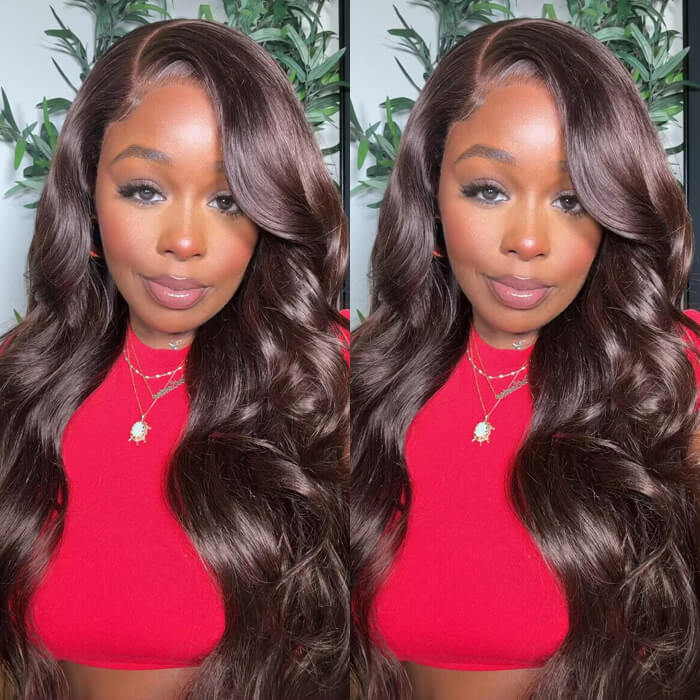
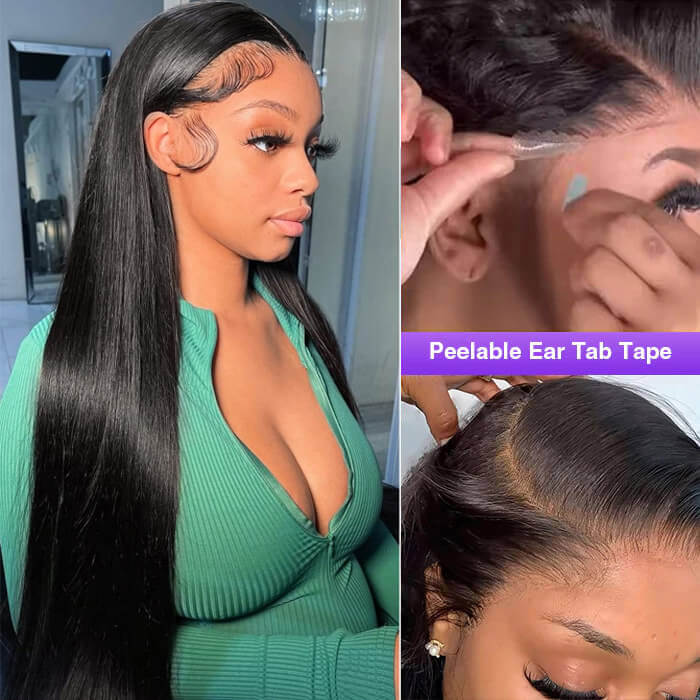





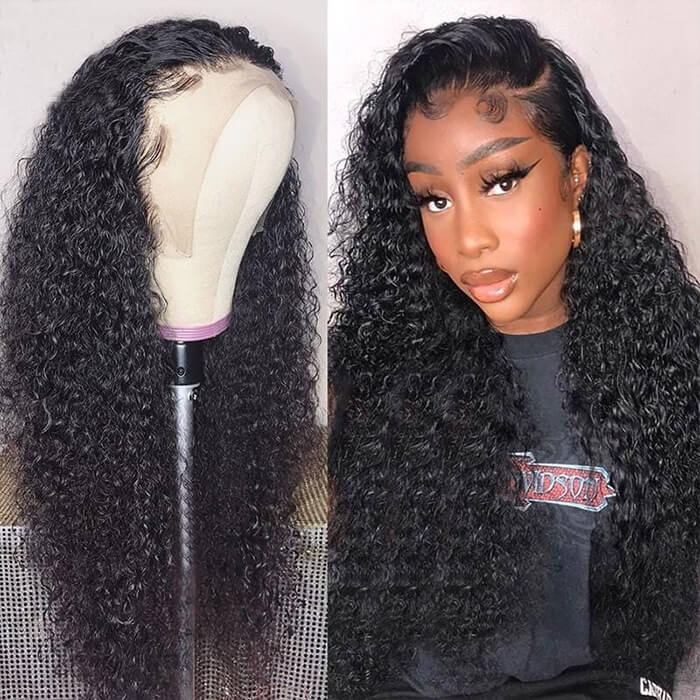
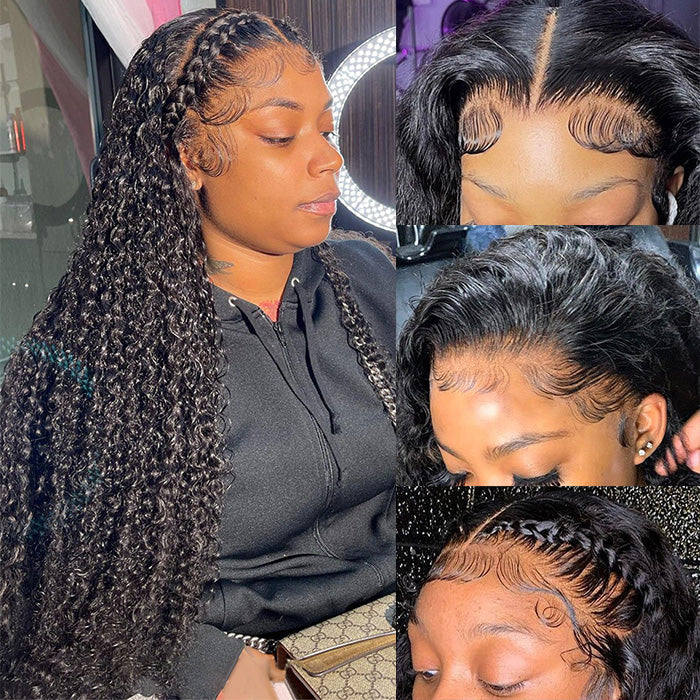
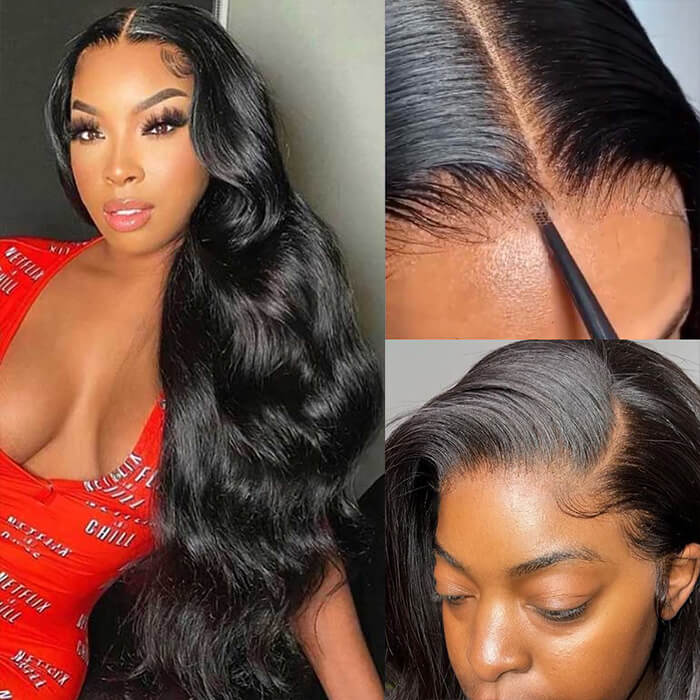
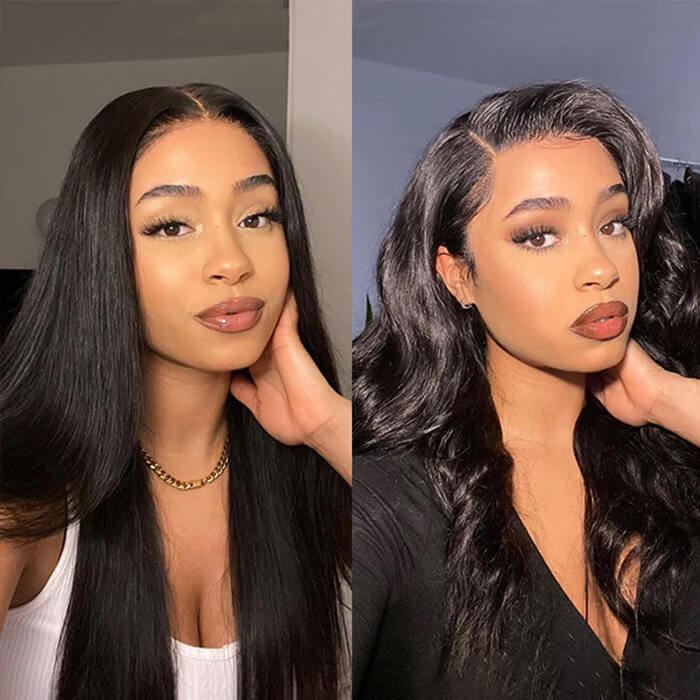



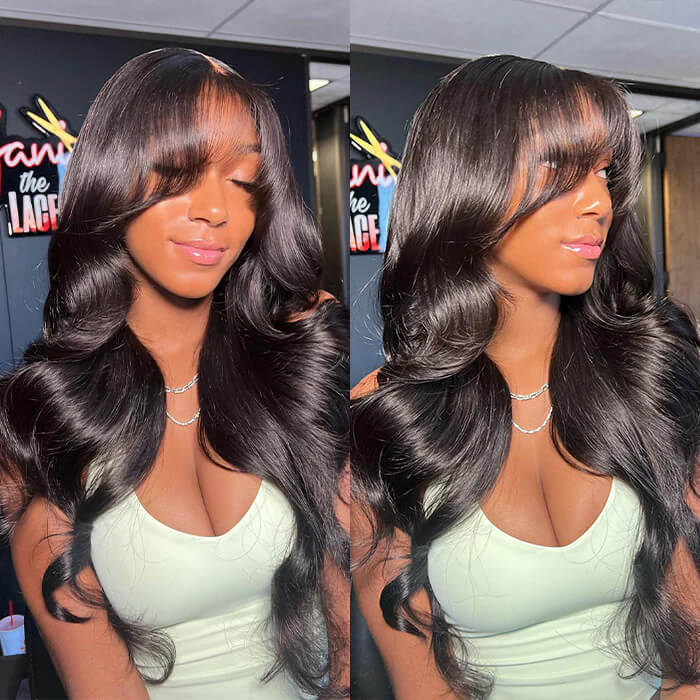

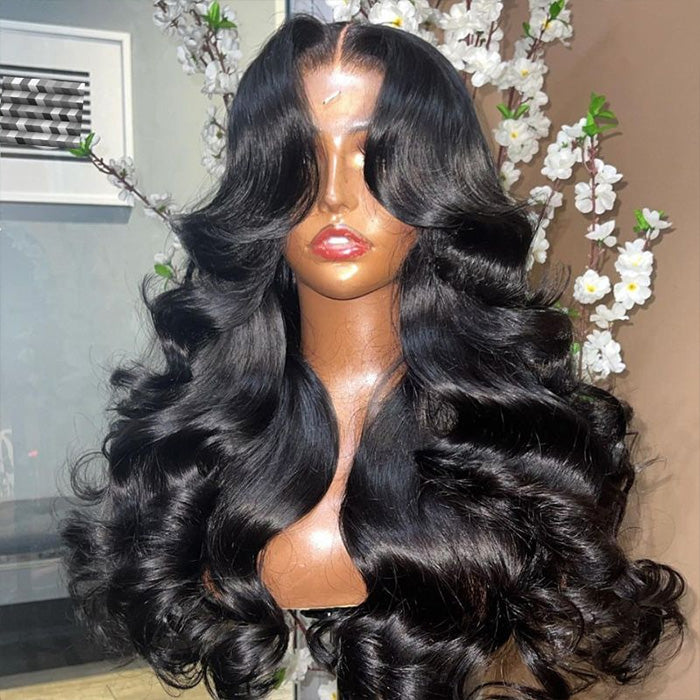
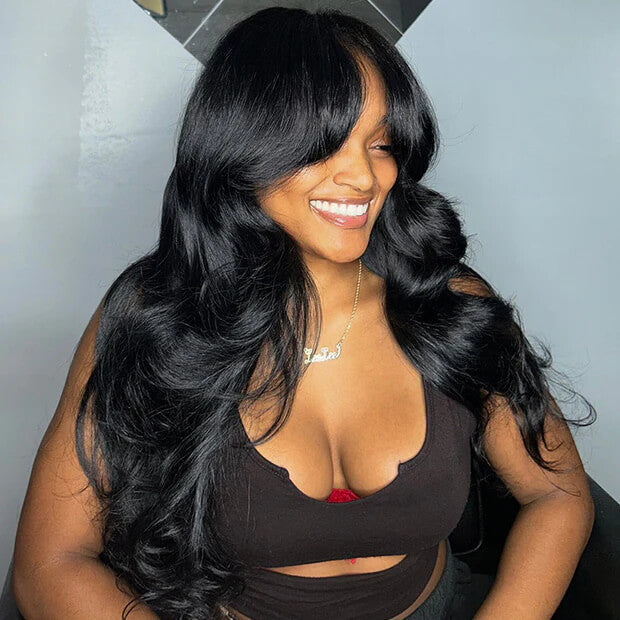
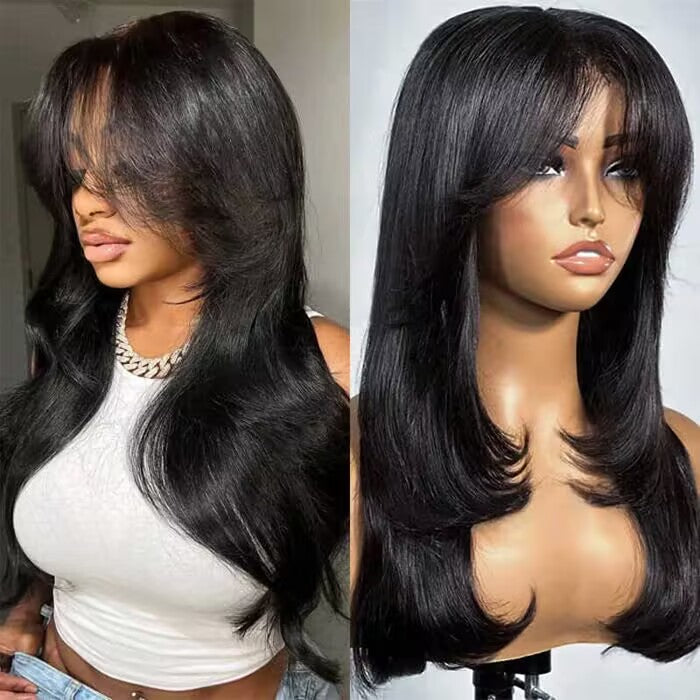
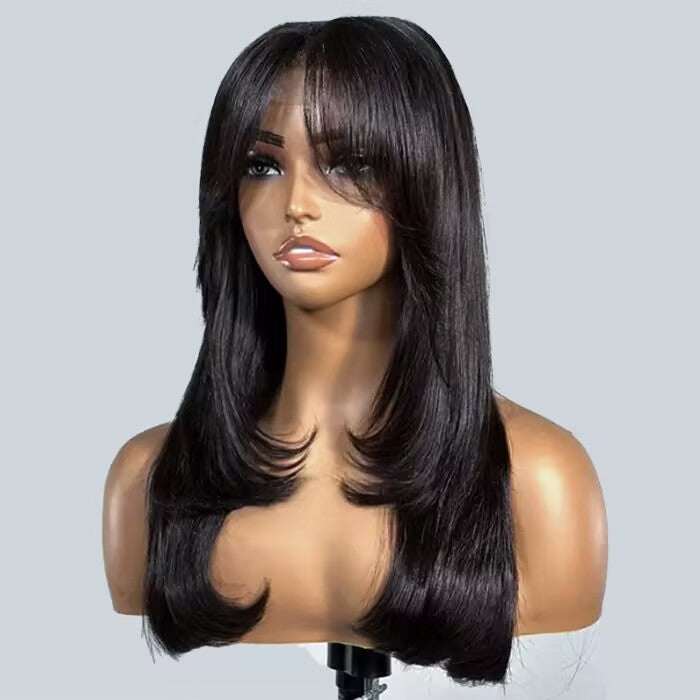
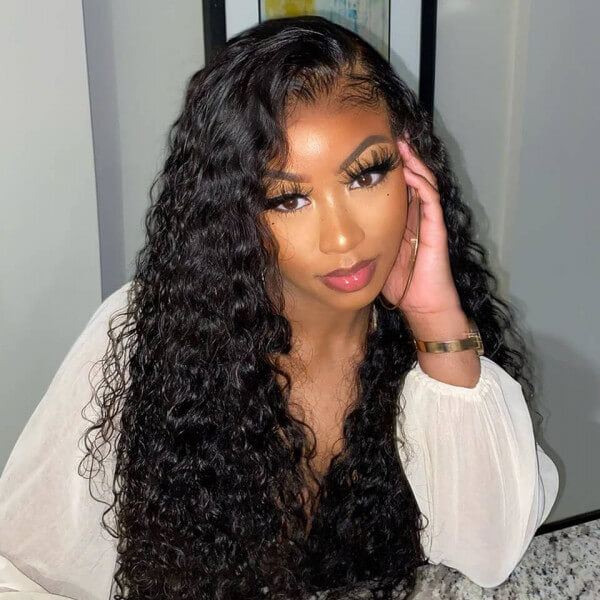
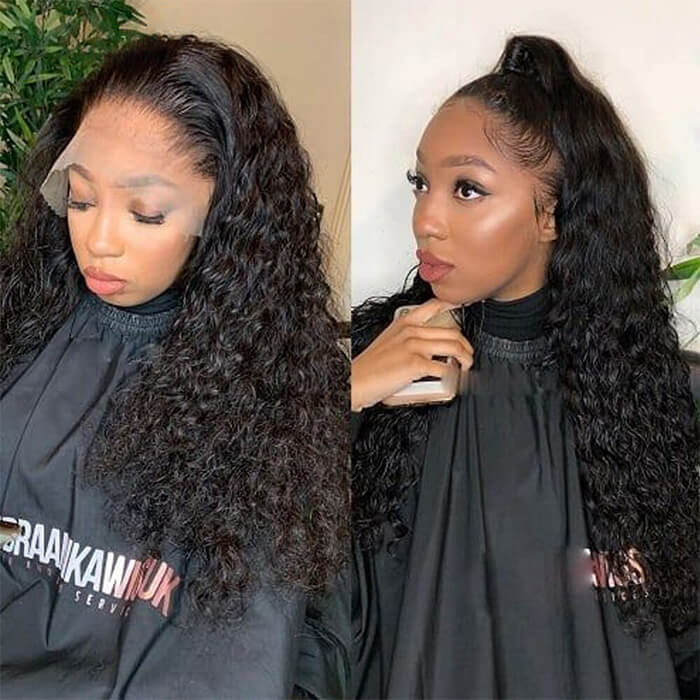
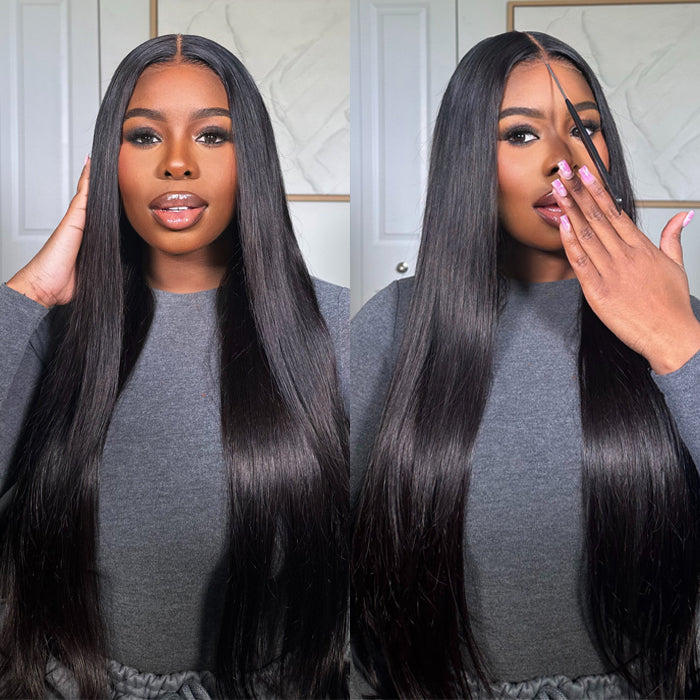
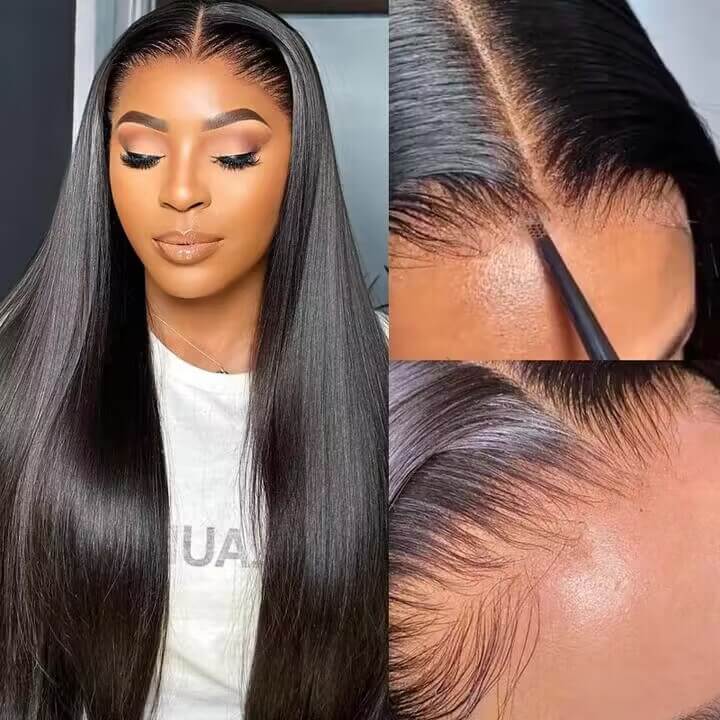
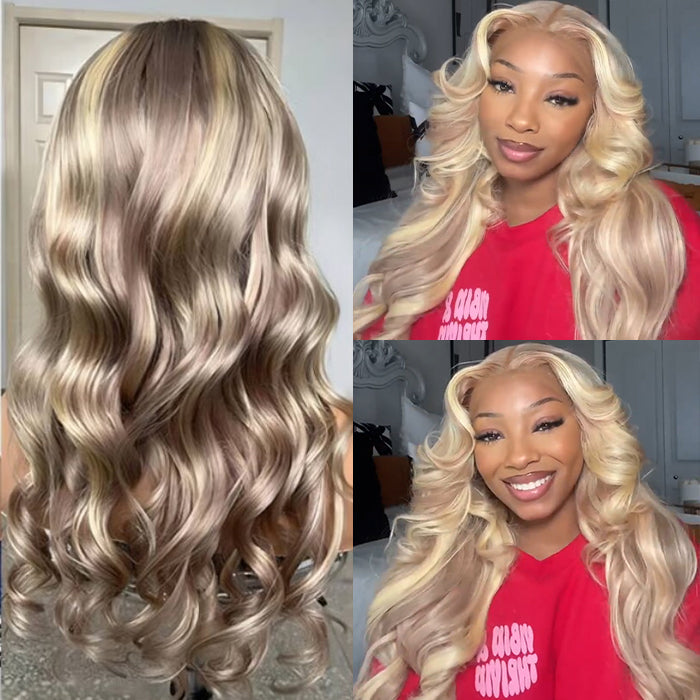
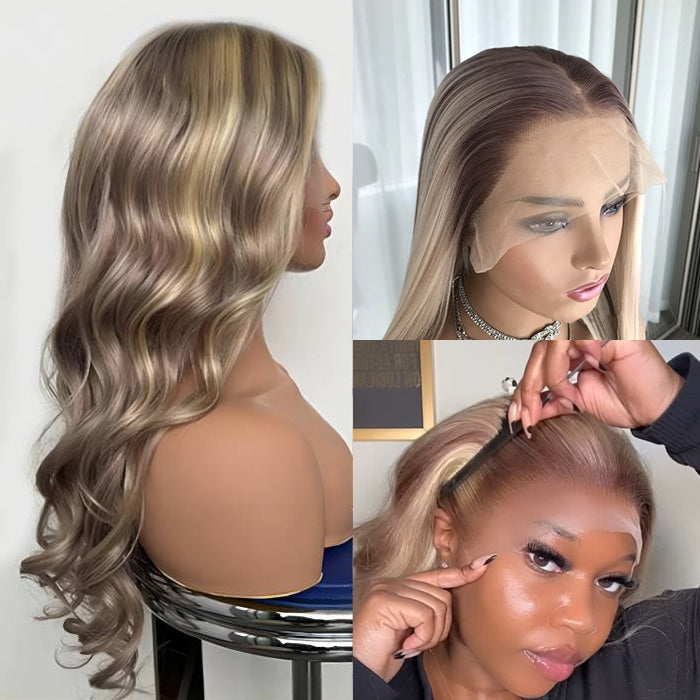
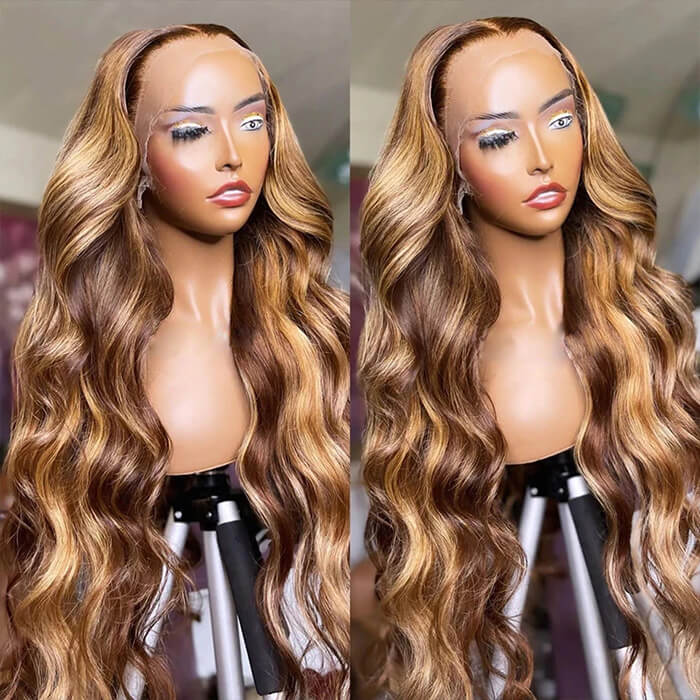
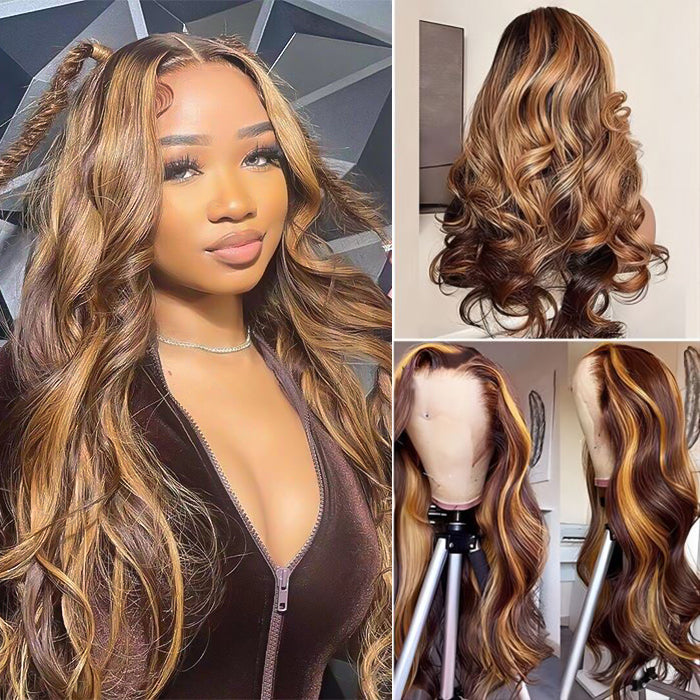
Leave a comment